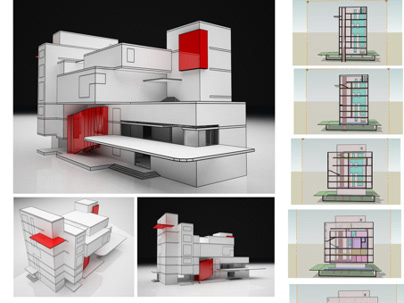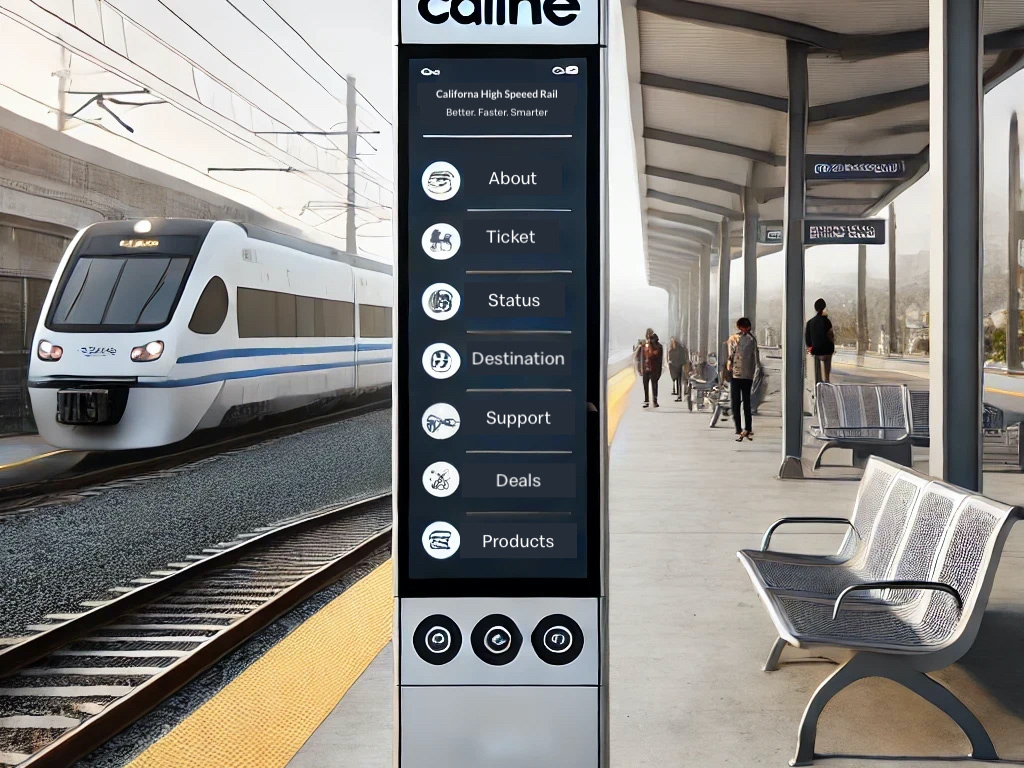Project Scope
The Institute of Neuroscience Research and Experimentation was envisioned as a cutting-edge research facility dedicated to advancing the study of brain function, perception, memory, and learning. The project aimed to create an architectural identity for the Neuroscience Society, fostering innovation, collaboration, and a holistic approach to mental health and neuroscience research.
Challenge
Pakistan’s neuroscience sector has long been underfunded and overlooked, with mental health issues often carrying a deep social stigma. The lack of dedicated research spaces, interdisciplinary collaboration, and public awareness limited the field’s growth and impact.
The challenge was twofold:
• Create an identity-driven research environment that fosters discovery, collaboration, and accessibility to neuroscience studies.
• Design spaces that support mental well-being, integrating architecture with principles of neuroscience to create environments that promote healing, reduce stress, and enhance cognitive function.
The project required a delicate balance between scientific functionality and human-centered design, ensuring that the institute not only supports groundbreaking research but also fosters a therapeutic and stimulating environment for scientists, students, and psychiatric patients.
Design Concept & Approach
The architectural approach was rooted in the philosophy that neuroscience is about exploration and discovery. The design needed to reflect the institute’s belief that creativity in science thrives in open, collaborative, and adaptable environments.
Key Design Principles:
✔ Identity & Innovation: Establishing the institute as a symbol of intellectual progress through modern yet contextually relevant architecture.
✔ Human-Centric Spaces: Integrating neuroscience principles into space planning, lighting, acoustics, and color psychology to enhance cognitive function and mental well-being.
✔ Flexible & Adaptive Design: Creating an interdisciplinary space where researchers and students can seamlessly transition between experimentation, collaboration, and learning.
✔ Sustainable Healing Environments: Incorporating natural elements, passive cooling techniques, and daylight optimization to support mental health and environmental sustainability.
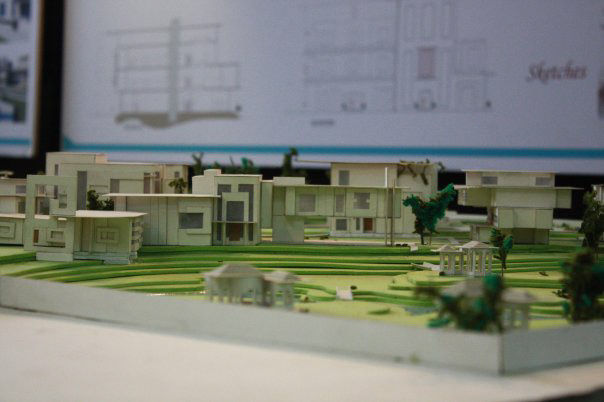
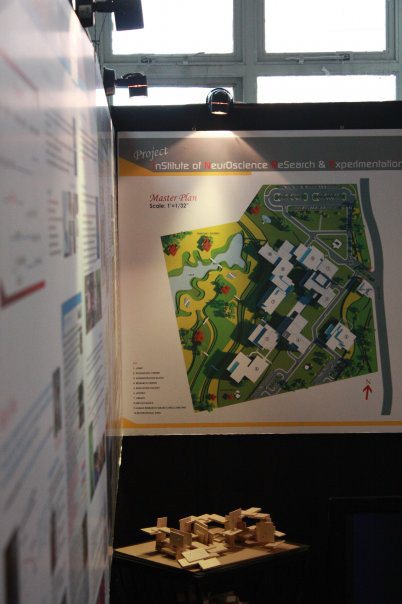
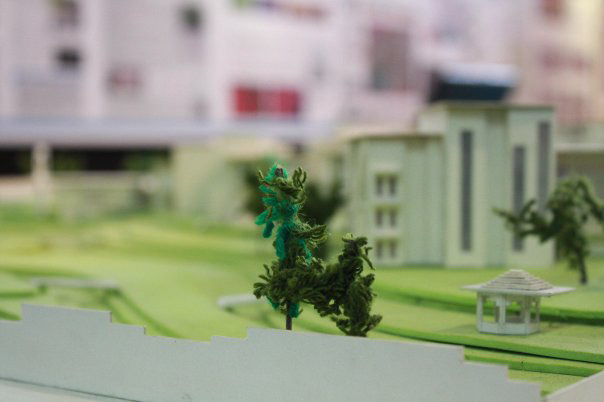

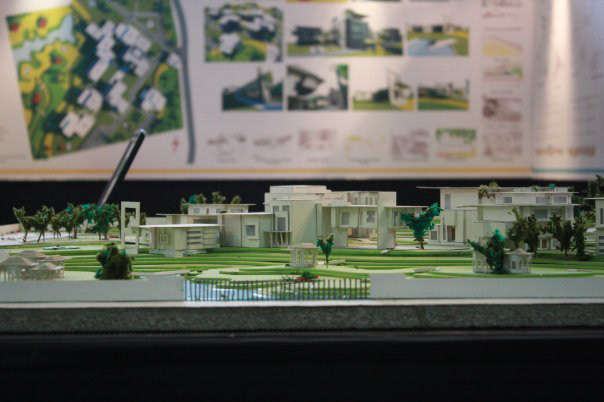
Architectural Design Solution
1. Collaborative & Research-Oriented Spaces: Breaking away from conventional lab structures, the institute features open research zones that encourage interdisciplinary collaboration. Modular and adaptable spaces allow scientists to modify their environment to suit various research needs. Designed to foster idea-sharing and innovation, with communal spaces for discussion, presentations, and collaborative problem-solving.
2. Healing & Mental Well-Being Integration: Optimized natural lighting and expansive views of greenery to reduce stress, improve focus, and enhance cognitive performance. The incorporation of water features, landscaped courtyards, and sensory gardens to mimic nature’s calming effects. Designed with noise-reducing materials to ensure a low-stress research and treatment environment. Spaces were designed with neutral and soothing color palettes to create a calming atmosphere for researchers and psychiatric patients alike.
3. Patient-Centric Psychiatric & Rehabilitation Facilities: Unlike sterile hospital environments, the psychiatric treatment areas were designed to feel familiar and comforting, encouraging faster recovery. The impact of room size, density, and layout was studied to ensure patients feel a sense of personal space and dignity. Common areas were designed to foster a sense of belonging and community among patients, doctors, and researchers.
Impact & Success
✅ Establishing a Neuroscience Hub: The institute provided a dedicated space for neuroscience research, academic training, and professional collaboration, filling a critical gap in Pakistan’s scientific community.
✅ Promoting Mental Health Awareness: The institute served as a visible commitment to mental health and brain research, helping reduce stigma and increasing public engagement with neuroscience.
✅ Healing & Research Coexisting: A groundbreaking model where scientific discovery and psychiatric care function within the same architectural framework, ensuring a seamless connection between research and real-world impact.


Key Learnings in Human-Centered Design
✅ Design as Identity: Whether in physical or digital spaces, design should reflect purpose and meaning, guiding interactions and fostering trust.
✅ Impact on Well-Being: Environments — both built and digital — shape cognition, emotions, and behavior. Thoughtful design reduces friction, supports ease of use, and enhances overall experience.
✅ Interdisciplinary Approach: The best designs blend psychology, technology, data, and user behavior insights, ensuring holistic, user-centered solutions that adapt to real-world needs.
✅ Designing for Inclusion & Empowerment: Effective human-centered design prioritizes clarity, comfort, and accessibility, ensuring that products and spaces serve diverse needs and enhance user confidence.
Human-centered design is more than aesthetics—it’s about crafting experiences that empower, connect, and create lasting impact.




